The Huawei P40, P40 Pro and P40 Pro+ are now official – and we got an early hands on look for the phone here. The top two variants come with a a 6.58-inch Quad-curve overflow display that curves at the top and bottom as well as the sides. The only bezels on the phone you’ll find in the corners. The display supports 90Hz refresh rate – not quite the 120Hz we’re used to seeing on flagships in 2020.
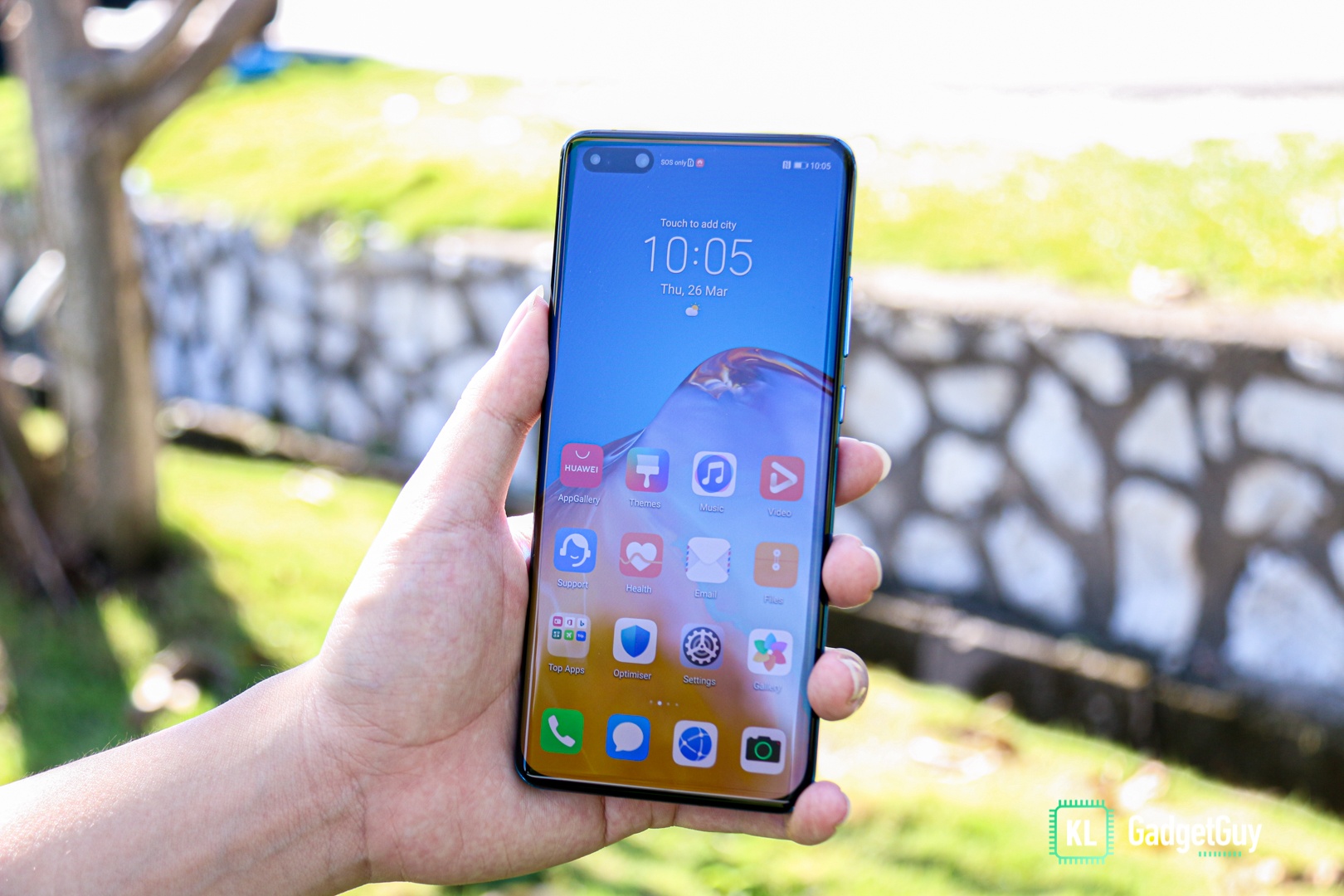
Both Pro variants are IP68-rated for dust and water resistance. The back panel is made of ceramic and is highly reflective.
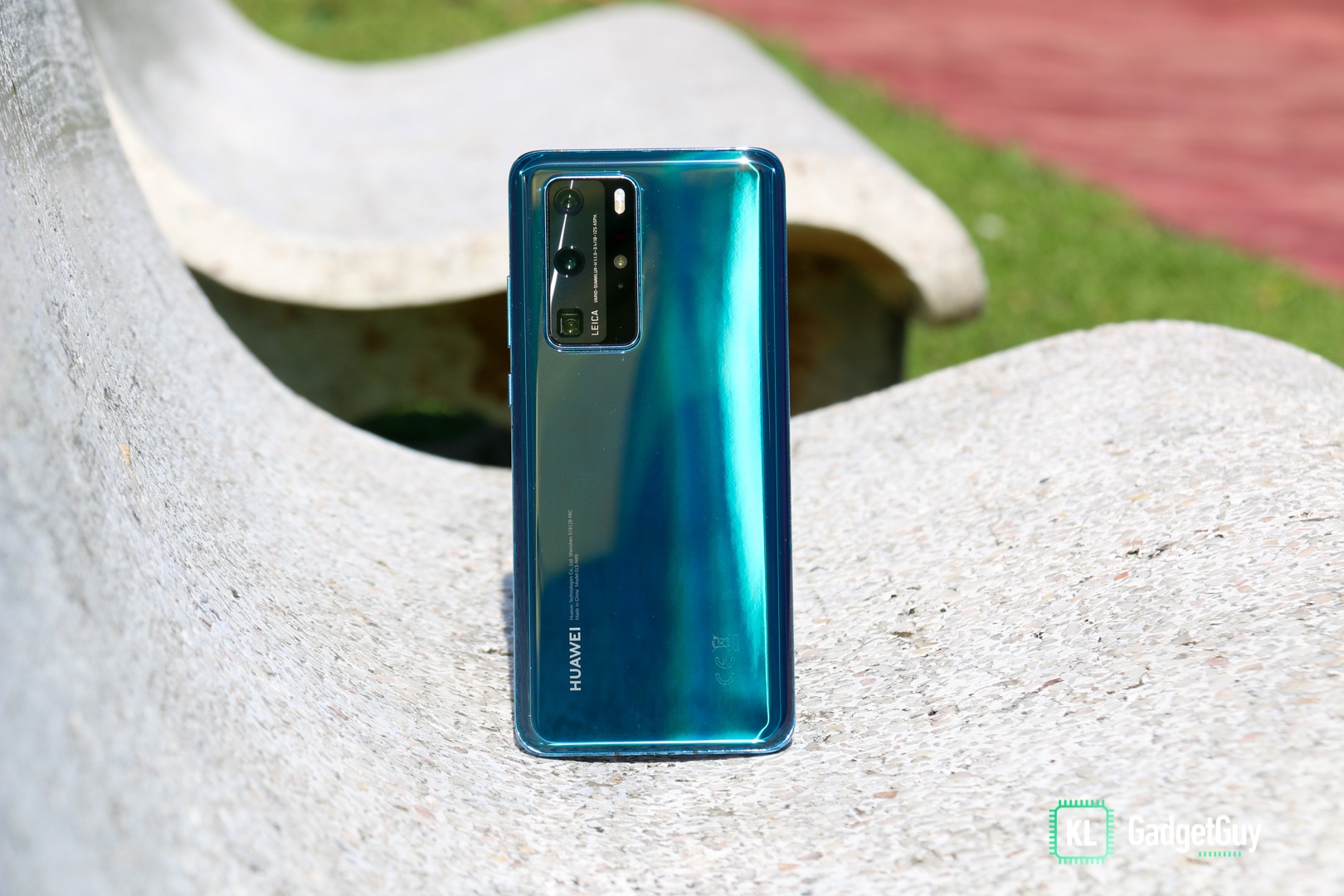
For imaging, the P40 Pro comes with a 40MP Ultra Wide Cine lens, a 50MP Ultra Vision Wide RYYB shooter, an 8MP telephoto lens capable of 3x optical zoom, 50x digital, and a depth sensor. The P40 Pro+ takes things up a level by including another 8MP telephoto lens capable of 10x optical zoom and up to 100x digital zoom. For regular shots, the phone employs 16-in-1 pixel binning to offer better brightness and lower file sizes.
The regular P40 is a smaller 6.1-inch device with a curved display, but only the sides curve. It also supports up to 90Hz refresh rate.
For imaging, P40 comes with a triple lens setup with a 50MP ultrawide RYYB lens, an 8MP telephoto lens and a 16MP ultrawide shooter. This also uses 16-in-1 pixel binning for regular shots.

For selfies all three phones come with a 32MP main shooter alongside a depth, ambient, and gesture control sensors. With gesture control, you can scroll through a page or take selfies from gestures alone. You can also take 4K videos with these lenses which means good news for vloggers.
The cameras have a few new features – AI Remove Reflection which is self-explanatory, AI Remove Passerby, which digitally erases human subjects behind you when you take a selfie; and lastly AI Best Moment that helps you snap moving objects better.
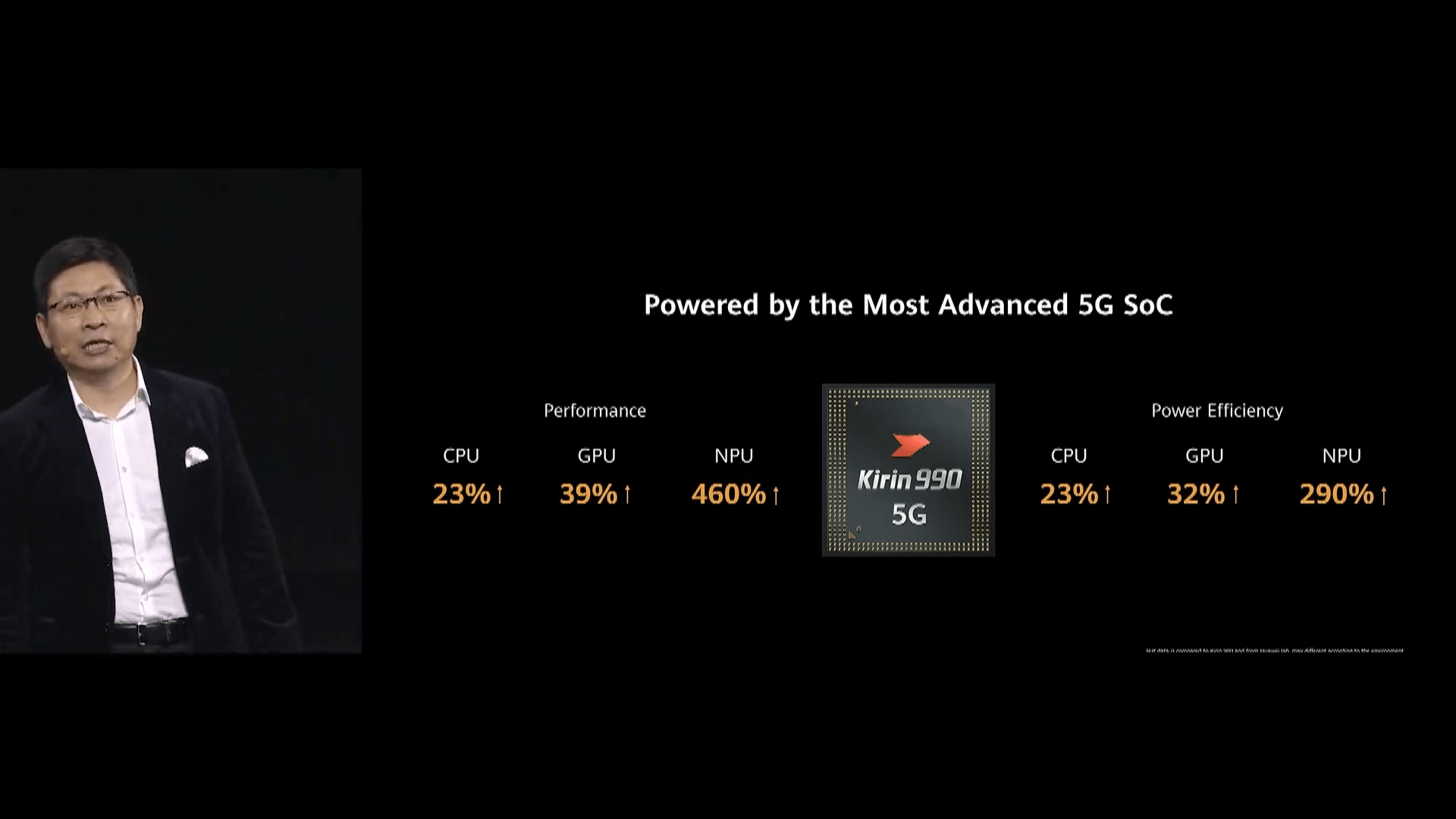
Under the hood, both phones are equipped with a Kirin 990 chipset with 5G connectivity. Alongside that is 8GB of RAM as standard across the board; but for storage, the P40 gets 128GB, the P40 Pro gets 256GB and the P40 Pro+ gets 512GB. The phones support e-sim and storage expansion via Huawei’s NM card.
The regular P40 comes with a 3,800mAh battery that supports up to 20W fast charging, while the P40 Pro comes with a 4,200mAh battery and the phone supports up to 40W wired fast charging. The P40 Pro supports up to 27W of wireless fast charging, while the P40 Pro+ gets max speed at 40W.
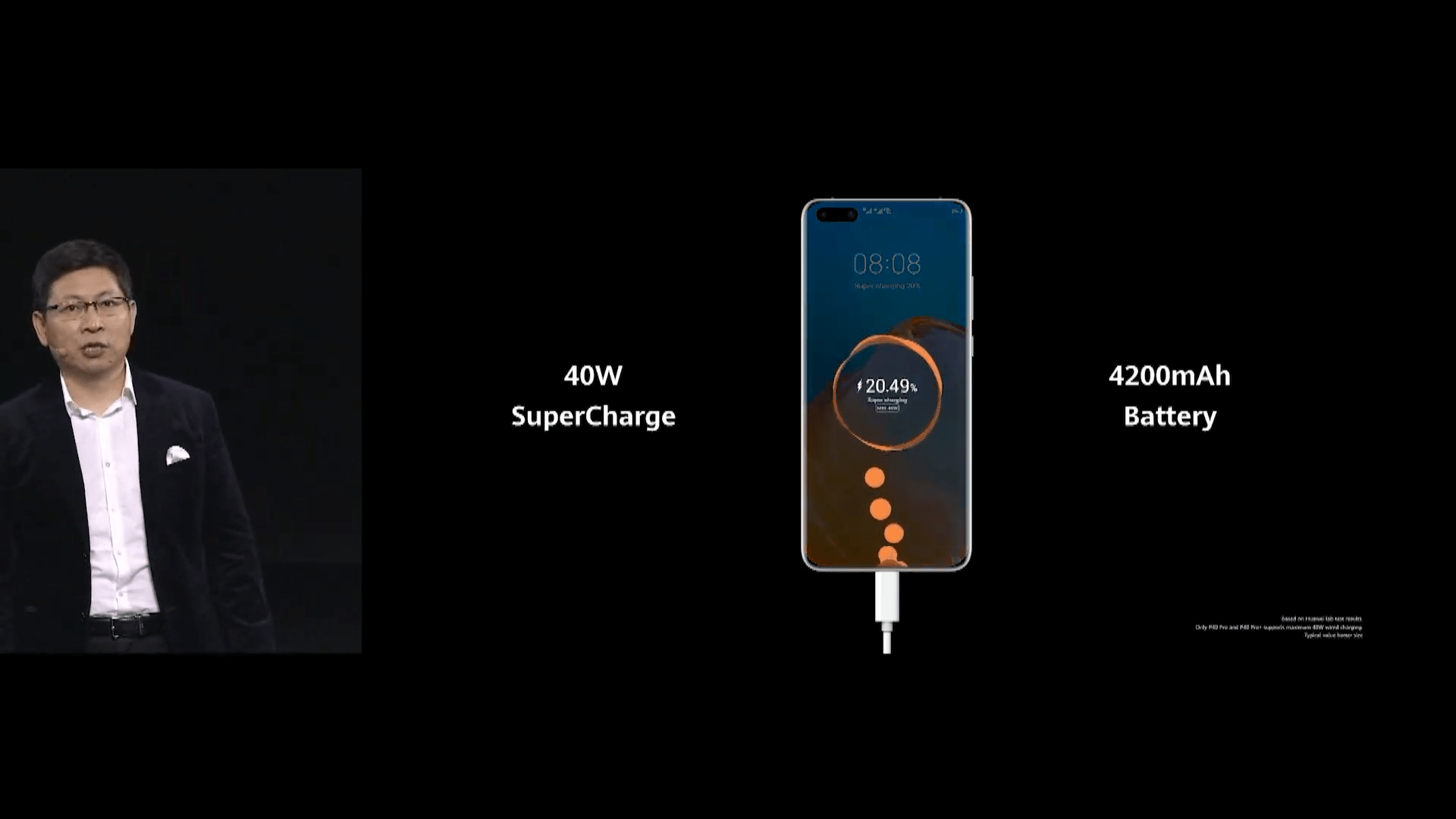
All models ship with Android 10 with EMUI 10.1 layered on top; with Huawei AppGallery to download apps. Huawei Share is also available here where you can access content from your phone on your Huawei laptop or tablet.
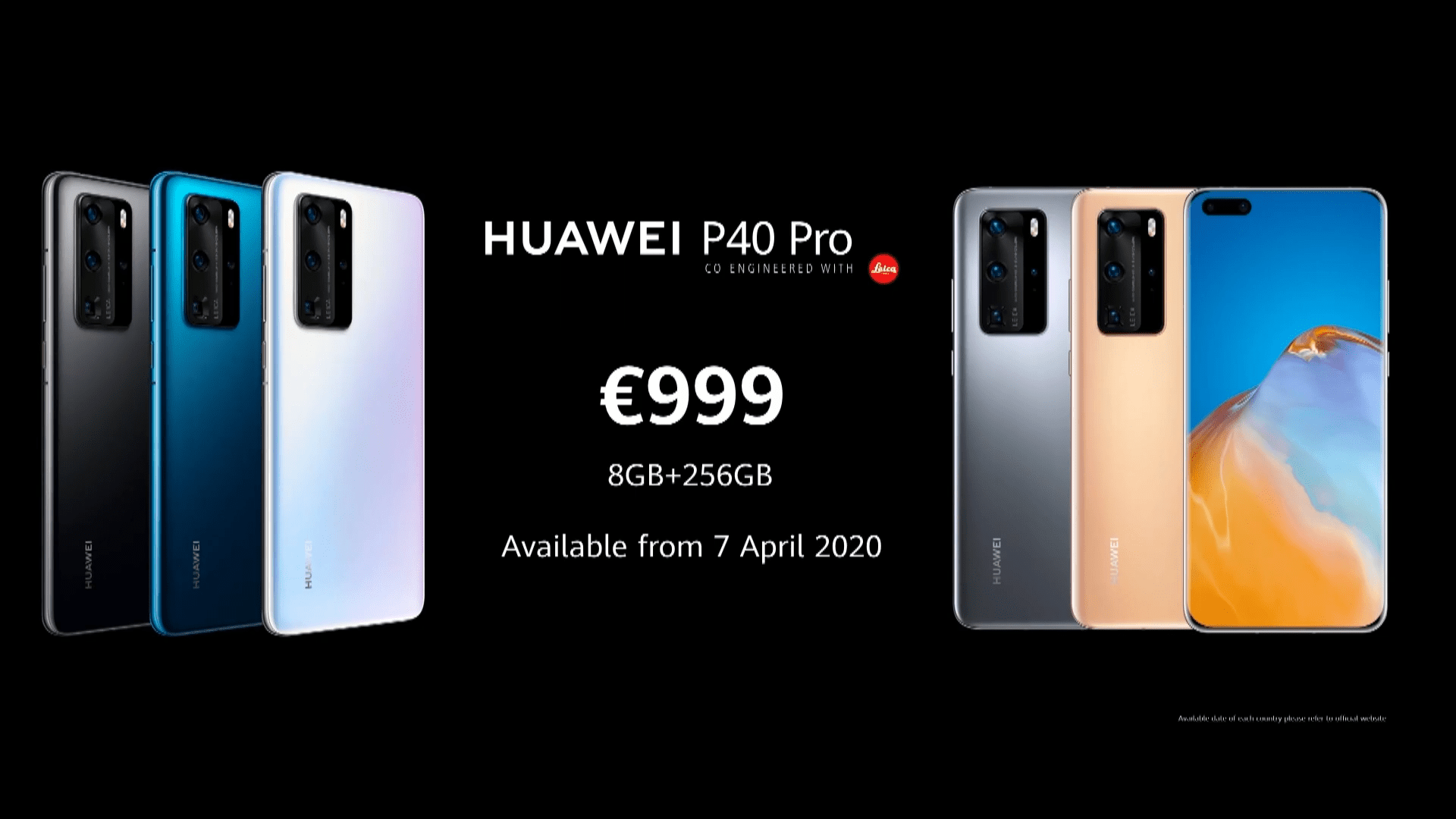
The P40 and P40 Pro is available in Ice White, Black, Silver Frost, Deep Sea Blue, and Blush Gold; the P40 Pro+ is available in Ceramic Black and Ceramic White. The P40 is priced at 799 Euro (RM3,845), the P40 Pro will cost you 999 Euro (RM4,808); and the P40 Pro+ costs 1,399 Euro (RM6,733). The P40 and P40 Pro will be available globally this April 7 while the P40 Pro+ will come sometime this June. The local pricing will most likely be a lot cheaper, and we’ll keep you updated when Huawei Malaysia has made the announcement for that.


